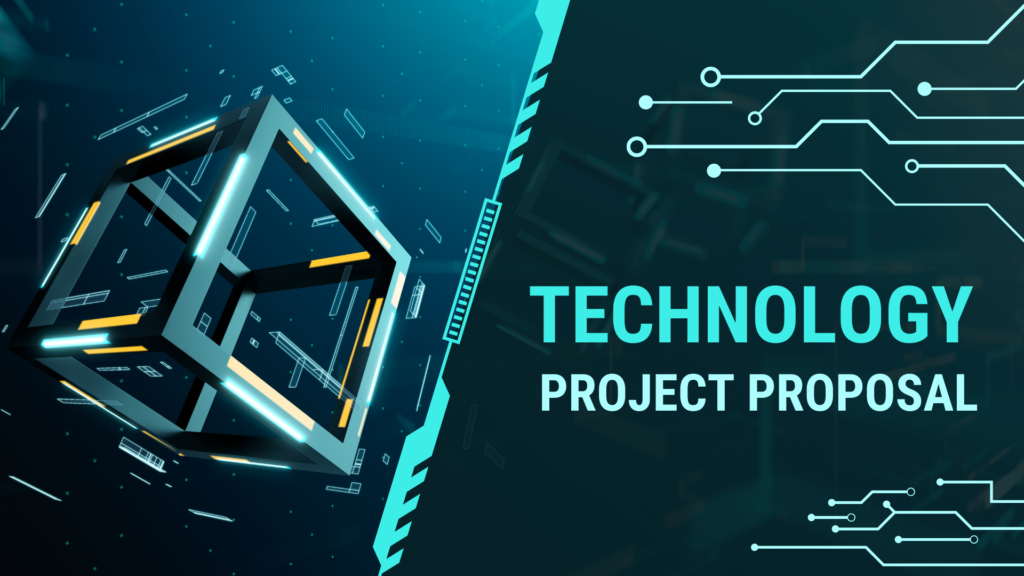The integration of computer science (AI), deep learning (ML), and information analytics has given rise to a disruptive force known as Intelliscient Technologies in today’s fast-paced digital scene. In order to fully understand intelligent technologies, this article will examine their definition, development, software, effect, future trends, ethical issues, and practical applications.
